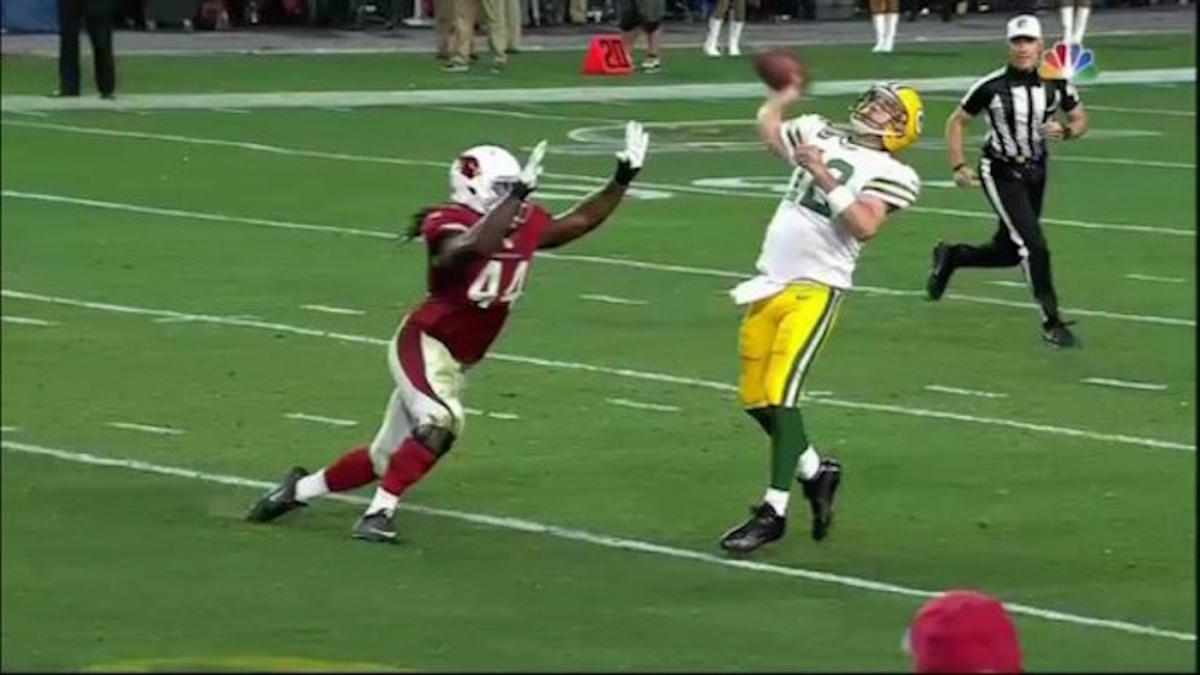



Originally meaning any sort of desperation play, a “Hail Mary” gradually came to denote a long, low-probability pass attempted at the end of a half when a team is too far from the end zone to execute a more conventional play, implying that it would take divine intervention for the play to succeed. Notre Dame head coach Elmer Layden (who had played in the 1922 Georgia Tech game) afterwards called it a “Hail Mary” play. On November 2, 1935, with 32 seconds left in the so-called “Game of the Century” between Ohio State and Notre Dame, Irish halfback Bill Shakespeare found receiver Wayne Millner for a 19-yard, game-winning touchdown. After the game, Kizer exclaimed to Crowley, “Say, that Hail Mary is the best play we’ve got.” Crowley related this story many times in public speeches beginning in the 1930s. This time Stuhldreher ran for a touchdown, which sealed the win for Notre Dame. The ritual was repeated before a third and goal play, again at Tech’s six, in the fourth quarter. Quarterback Harry Stuhldreher, another of the Horsemen, threw a quick pass over the middle to Paul Castner for the score. According to Crowley, it was one of the team’s linemen, Noble Kizer (a Presbyterian), who suggested praying before the first touchdown, which occurred on a fourth and goal play at the Tech 6-yard line during the second quarter. Jim Crowley often told the story of an October 28, 1922, game between Notre Dame and Georgia Tech in which the Fighting Irish players said Hail Mary prayers together before scoring each of the touchdowns, winning the game 13 to 3. Riding the talent of the perhaps most fabled quartet in college football history, Notre Dame established itself as a football powerhouse, losing only 2 games in the 3 years they were together. The Four Horsemen were Quarterback Harry Stuhldreher, Halfbacks Don Miller, and Jim Crowley, and Fullback Elmer Layden. The expression goes back at least to the 1924 Notre Dame backfield the famed Four Horsemen.

Not surprisingly, the story starts at the confluence of Catholicism and Football The University of Notre Dame. But how did a last second desperation play become known as a “Hail Mary”? It’s one of the most well known terms and iconic plays in sports. Touchdown!!! An amazing win on a last second Hail Mary! A receiver improbably comes down with the ball. He heaves the ball high in the air with no real target, only trying to get the distance to reach the end zone. The defensive backs and receivers bunch up waiting for the ball to descend. The quarterback drops back, scrambles, waiting for his receivers to get near the goal. The defense pulls the pass rush and defends deep. The offense has the ball at their own 48-yard line and are down by more than a field goal.


 0 kommentar(er)
0 kommentar(er)
